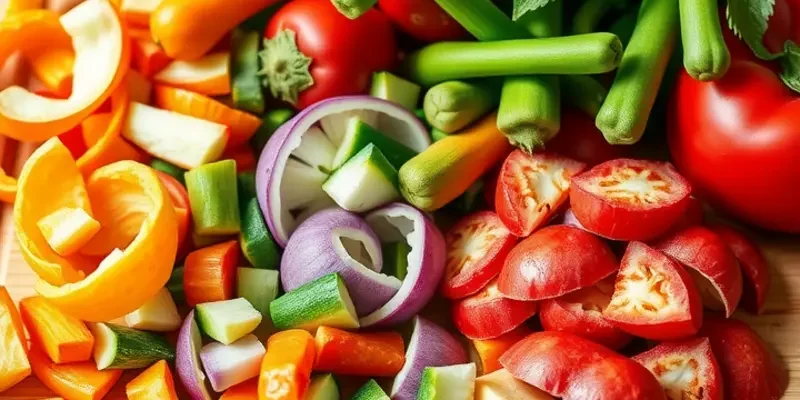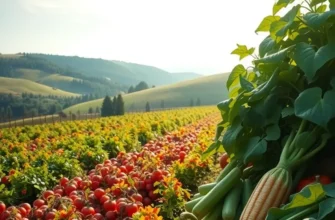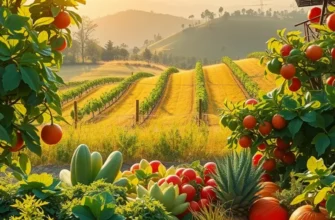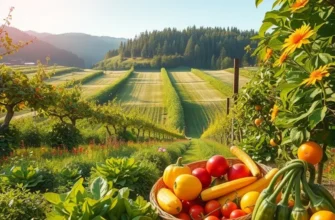Reducing food waste starts at home, and one excellent way to make a significant impact is by creatively reusing food scraps. From vegetable peels to stale bread, many items we usually consider trash can be transformed into delicious meals or useful products. By employing simple and resourceful strategies, you not only contribute to a more sustainable environment but also save money and enhance your cooking skills. Let’s explore the art of food scrap reuse with practical, actionable tips that fit seamlessly into your daily routine.
Use Vegetable Scraps to Enhance Flavors
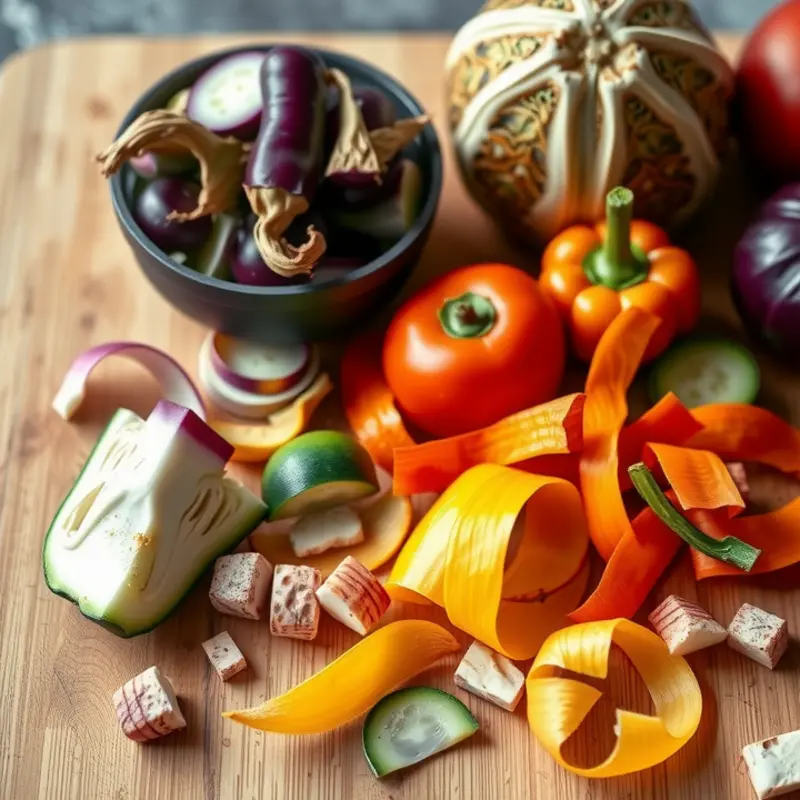
Transforming leftover vegetable scraps into rich stocks and broths is an excellent way to reduce waste and enhance meal flavors. Vegetable scraps you might typically discard can become the foundation of delicious broths.
Common vegetable scraps perfect for reuse in stocks include onion skins, carrot tops, celery leaves, and garlic ends. These remnants, often overlooked, are packed with flavor. Even tough stems and peels from asparagus, broccoli, or mushrooms can contribute a depth and complexity to your broth.
To safely store your vegetable scraps, consider dedicating a container in your freezer. Vegetables can be collected over time until you have enough for a robust stock. Ensure the container is airtight to maintain freshness and avoid freezer burn. This method makes food management simpler and more organized, aligning well with strategies for sustaining an eco-smart kitchen. For additional tips on kitchen storage efficiency, you may explore eco-smart kitchen storage.
When you have accumulated a diverse array of scraps, bring them out to create your broth. Begin by rinsing the frozen scraps lightly to remove any ice crystals and place them directly into a large pot. Fill the pot with water, and add a bay leaf or a few peppercorns to elevate the flavor. Simmer the mix for at least an hour on a low flame to extract the maximum essence from the scraps.
Straining the broth through a fine sieve or cheesecloth will remove any large particles. What you are left with is a nutrient-rich, aromatic broth. This homemade broth can serve as the base for soups, stews, or even as a cooking liquid for grains.
To safely store the broth, let it cool before transferring it into airtight containers. Broth can be refrigerated for up to a week or frozen for several months, ensuring you always have a flavor booster at hand.
By integrating these techniques, you not only minimize waste but also uncover new layers of flavor in everyday meals. This simple yet effective practice not only enhances meal preparation but also exemplifies mindful eating and sustainable kitchen management. Through responsible food practices, you contribute to a more sustainable kitchen ecosystem, saving money and resources in the process.
Transform Overripe Fruits into Delicious Treats
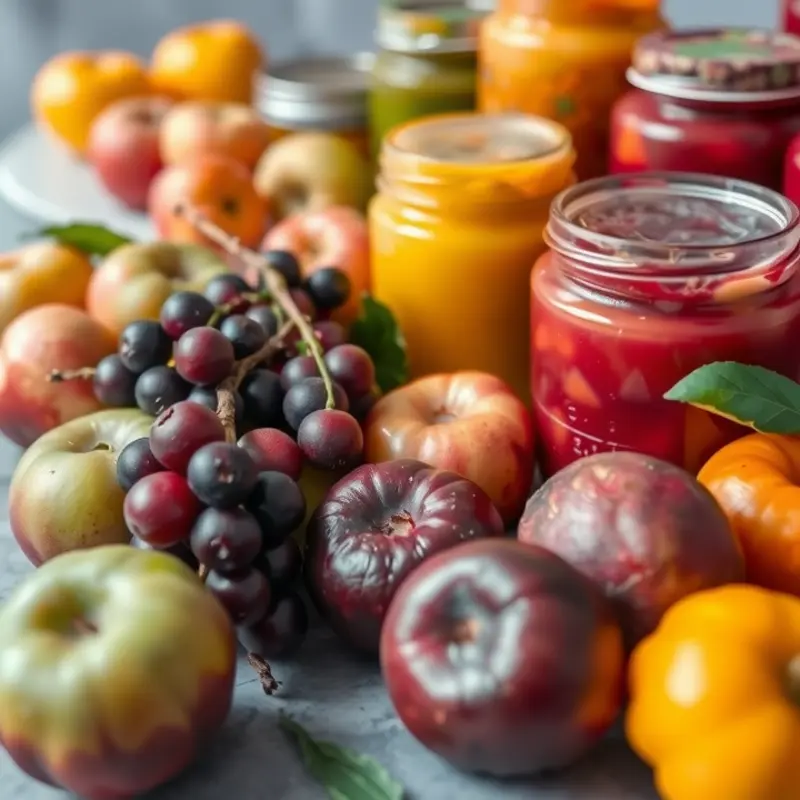
Overripe or bruised fruits often languish in fruit bowls, waiting for someone to rescue them from turning into waste. Harnessing their natural sweetness not only minimizes food waste but also unlocks a myriad of culinary possibilities. From jams and sauces to smoothies and even baked goods, these fruits can transform into delightful treats.
First, let’s tackle storage. Proper storage can prolong the life of your fruits and ensure they’re ready to use when creativity strikes. Separate fruits like apples and bananas, which emit ethylene gas, from others to slow down ripening. For those already overripe, freezing is an excellent option. Simply peel, chop, and freeze bananas or berries for smoothies or baked goods. Ensure each piece is spread out on a tray to freeze individually before bagging them together, preventing clumping.
Now, onto the recipes! One of the simplest ways to give overripe fruits a second life is by making jams. For a basic jam, combine fruits like strawberries or peaches with sugar and a bit of lemon juice. Cook the mixture over medium heat until thickened. Store in sterilized jars, and you’ll have a homemade spread perfect for toast or yogurt.
For those more inclined toward savory, try a fruit sauce. Simmering fruits like apples and pears with spices such as cinnamon or nutmeg creates a versatile topping for meats or a base for sweet desserts. Blend the mixture until smooth, adjusting the consistency with water or juice.
Smoothies are undoubtedly the most forgiving way to use overripe fruits. Blend bananas with a handful of spinach, some yogurt, and a splash of almond milk for a nourishing breakfast. For added nutrition ideas, you can explore this guide to incorporating practical ingredient batching into your meal prep.
To minimize spoilage, always conduct a quick inspection during your grocery run. Selecting slightly underripe fruits allows them to ripen at home, reducing chances of wastage. Moreover, consider using the concept of ingredient batching to transform aging fruits into bulk purees or sauces that can be frozen for later use.
By reincarnating overripe fruits into jams, sauces, or smoothies, you’re not only crafting delicious, homemade delights but also embracing a more sustainable lifestyle. Your waste footprint diminishes, and your creativity flourishes—all from the humble fruit beginning to show its age.
Final words
Creative reuse of food scraps is not only a method for reducing waste but also an opportunity to elevate your culinary endeavors. By using vegetable scraps to make rich stocks and transforming overripe fruits into delicious treats, you can improve food management and save money in your household. Remember that every little bit counts when it comes to sustainability. Start small, perhaps by setting up composting for unavoidable scraps, and gradually adopt these new tips into your cooking routine. Embracing these practices leads to a cleaner kitchen, a smaller carbon footprint, and countless culinary delights.

